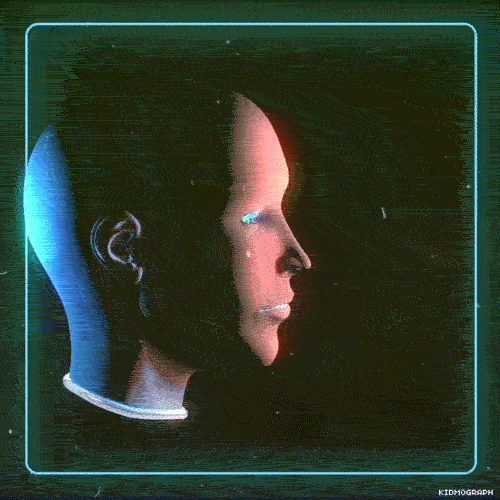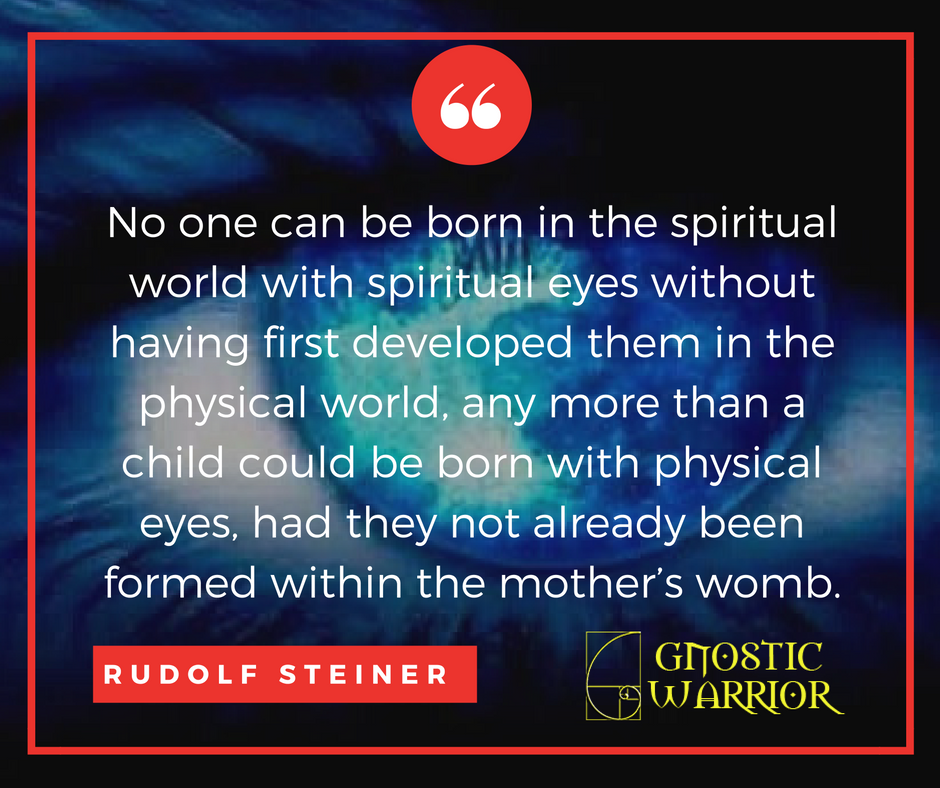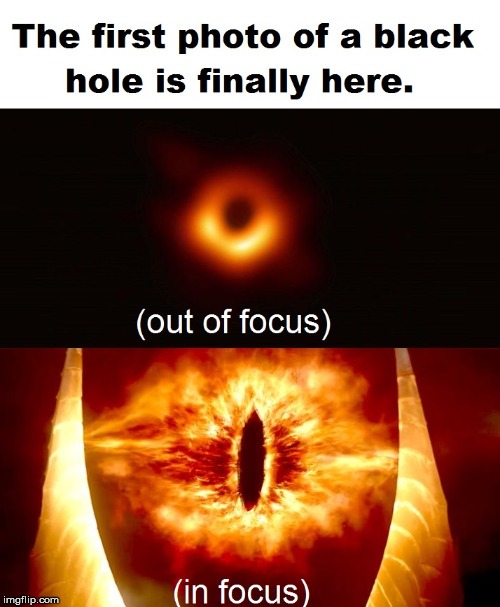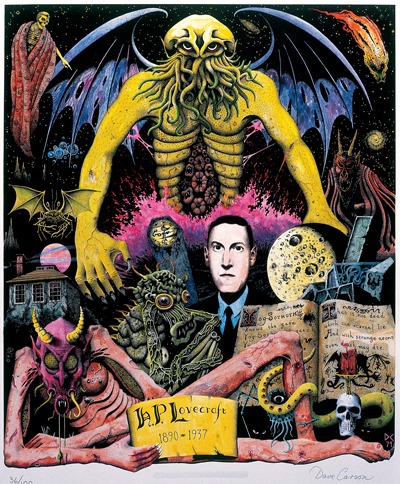Page 395
near the window which he was facing at the time of the catastrophe, and which was also felled by the lightning. Now, this electrical photography, which was accomplished by the blind forces of nature, furnishes an analogy by which we may understand how the mental images of the mother are transmitted to the unborn child. Her pores are opened; she exudes an odic emanation which is but another form of the akasa, the electricity, or life-principle, and which, according to Reichenbach, produces mesmeric sleep, and consequently is magnetism. Magnetic currents develop themselves into electricity upon their exit from the body. An object making a violent impression on the mother’s mind, its image is instantly projected into the astral light, or the universal ether, which Jevons and Babbage, as well as the authors of the Unseen Universe, tell us is the repository of the spiritual images of all forms, and even human thoughts. Her magnetic emanations attract and unite themselves with the descending current which already bears the image upon it. It rebounds, and re-percussing more or less violently, impresses itself upon the foetus, according to the very formula of physiology which shows how every maternal feeling reacts on the offspring. Is this kabalistic theory more hypothetical or incomprehensible than the teratological doctrine taught by the disciples of Geoffroi St. Hilaire? The doctrine, of which Magendie so justly observes, “is found convenient and easy from its vagueness and obscurity,” and which “pretends to nothing less than the creation of a new science, the theory of which reposes on certain laws not very intelligible, as that of arresting, that of retarding, that of similar or eccentric position, especially the great law, as it is called, of self for self.”
Eliphas Levi, who is certainly one of the best authorities on certain points among kabalists, says: “Pregnant women are, more than others, under the influence of the astral light, which assists in the formation of their child, and constantly presents to them the reminiscences of forms with which it is filled. It is thus that very virtuous women deceive the malignity of observers by equivocal resemblances. They often impress upon the fruit of their marriage an image which has struck them in a dream, and thus are the same physiognomies perpetuated from age to age.
“The kabalistic use of the pentagram can therefore determine the countenance of unborn infants, and an initiated woman might give to her son the features of Nereus or Achilles, as well as those of Louis XV. or Napoleon.”
If it should confirm another theory than that of Dr. Fisher, he should be the last to complain, for as he himself makes the confession, which
Page 396
his own example verifies: “One of the most formidable obstacles to the advancement of science . . . has ever been a blind submission to authority. . . . To untrammel the mind from the influence of mere authority, that it may have free scope in the investigation of facts and laws which exist and are established in nature, is the grand antecedent necessary to scientific discovery and permanent progress.”
If the maternal imagination can stunt the growth or destroy the life of the foetus, why cannot it influence its physical appearance? There are some surgeons who have devoted their lives and fortunes to find the cause for these malformations, but have only reached the opinion that they are mere “coincidences.” It would be also highly unphilosophical to say that animals are not endowed with imagination; and, while it might be considered the acme of metaphysical speculation to even formulate the idea that members of the vegetable kingdom — say the mimosas and the group of insect-catchers — have an instinct and even rudimentary imagination of their own, yet the idea is not without its advocates. If great physicists like Tyndall are forced to confess that even in the case of intelligent and speaking man they are unable to bridge the chasm between mind and matter, and define the powers of the imagination, how much greater must be the mystery about what takes place in the brain of a dumb animal.
What is imagination? Psychologists tell us that it is the plastic or creative power of the soul; but materialists confound it with fancy. The radical difference between the two, was however, so thoroughly indicated by Wordsworth, in the preface to his Lyrical Ballads, that it is no longer excusable to interchange the words. Imagination, Pythagoras maintained to be the remembrance of precedent spiritual, mental, and physical states, while fancy is the disorderly production of the material brain.

Moe is the founder of GnosticWarrior.com. He is a father, husband, author, martial arts black belt, and an expert in Gnosticism, the occult, and esotericism.






